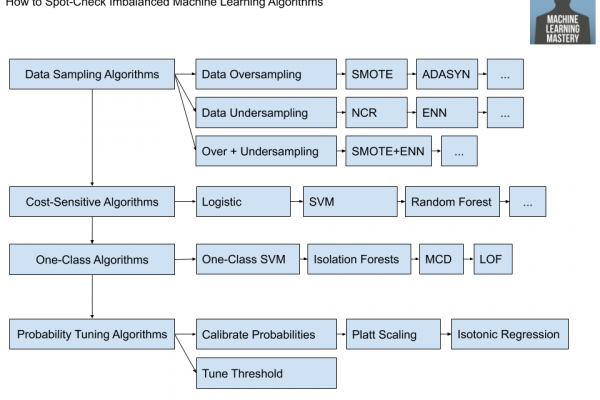Step-By-Step Framework for Imbalanced Classification Projects

Last Updated on March 19, 2020
Classification predictive modeling problems involve predicting a class label for a given set of inputs.
It is a challenging problem in general, especially if little is known about the dataset, as there are tens, if not hundreds, of machine learning algorithms to choose from. The problem is made significantly more difficult if the distribution of examples across the classes is imbalanced. This requires the use of specialized methods to either change the dataset or change the learning algorithm to handle the skewed class distribution.
A common way to deal with the overwhelm on a new classification project is to use a favorite machine learning algorithm like Random Forest or SMOTE. Another common approach is to scour the research literature for descriptions of vaguely similar problems and attempt to re-implement the algorithms and configurations that are described.
These approaches can be effective, although they are hit-or-miss and time-consuming respectively. Instead, the shortest path to a good result on a new classification task is to systematically evaluate a suite of machine learning algorithms in order to discover what works well, then double down. This approach can also be used for imbalanced classification problems, tailored
To finish reading, please visit source site